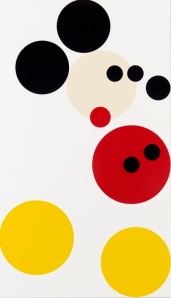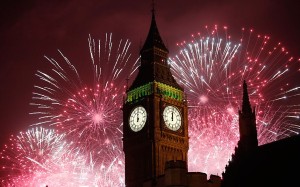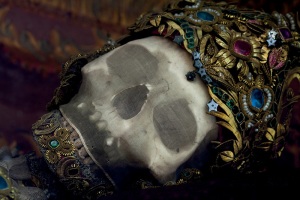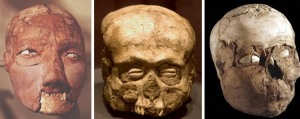This is a bit old but (I thought) worth sharing. As the title suggests, I posted this on Facebook almost a year ago, but the sentiments are the same now. Obviously, when I mention something is ‘current’, I mean current in July 2013.
Here is the original article that I refer to:
This article has irritated me somewhat. Firstly, I hate that the thumbnail for the article has that picture on, but I can’t really comment without putting the article on that I am moaning about, and the picture won’t disappear. I missed this story when it was first in the news, but picked up on it thanks to a cartoon in the current issue of ‘Private Eye.’ Basically, two archaeologists from Leicester Uni have objected to Damien Hirst exhibiting a photo that shows him at the age of 16 posing next to the severed head of a man who donated his body to science. Fine. The picture is in ridiculous bad taste, and they have a point about the family of the dead man and the fact that he probably didn’t give permission for photos to be taken of his corpse (which needs to be given when bodies are donated). But the article irritates me due to the complete ignorance that the writer has. Apparently, it is “academic pomposity” for archaeologists to speak out about something they believe is wrong if it impinges on others. Right. Hmm. Also, “archaeological ethics” needs to be put in quotation marks in the original article, as though it is some sort of alien or laughable concept. It is not. It is an integral part of the practicing of modern archaeology that needs to be taken into account at every turn when excavating and when presenting the past to the public. Next-“Only in dictatorial regimes do university professors decide what does and does not belong in an art gallery.” Erm….nope. Surely many art gallery curators are also able to be lecturers, and academic opinion coupled with the sensitivities of the public are always to be taken into account when presenting art and archaeology. But archaeologists cannot comment on art, can they? I’m sure the writer also thinks that anthropologists can’t, either. Then there’s this bit, which I will quote at length- “Leicester University’s experts say it contravenes guidelines on the ethical treatment of the dead: the poor man whose head is in the picture, they say, would have been recognisable to his relatives. He left his body to science and it was used in a jokey work of art. As archaeologists, they claim expertise in this strange field of postmortem ethics. Perhaps they got carried away by the sentimentality that surrounded Leicester’s rediscovery of the bones of Richard III.” Oh come on. Richard III is not quite the same. And then, the final flourish of ignorance- “Archaeology is the scientific study of the past, and it has no business pronouncing on the ethics of modern art.” Give me strength. Of course archaeology has the right and the position to comment on the present as much as any historian, author, artist or religious leader. It just annoys me that such a woefully ignorant person can comment upon a discipline that they clearly do not understand, and can therefore present it any way they like in the media, biasing those who do not know the subject to think that it is something that it isn’t. Okay. Rant over now.
















